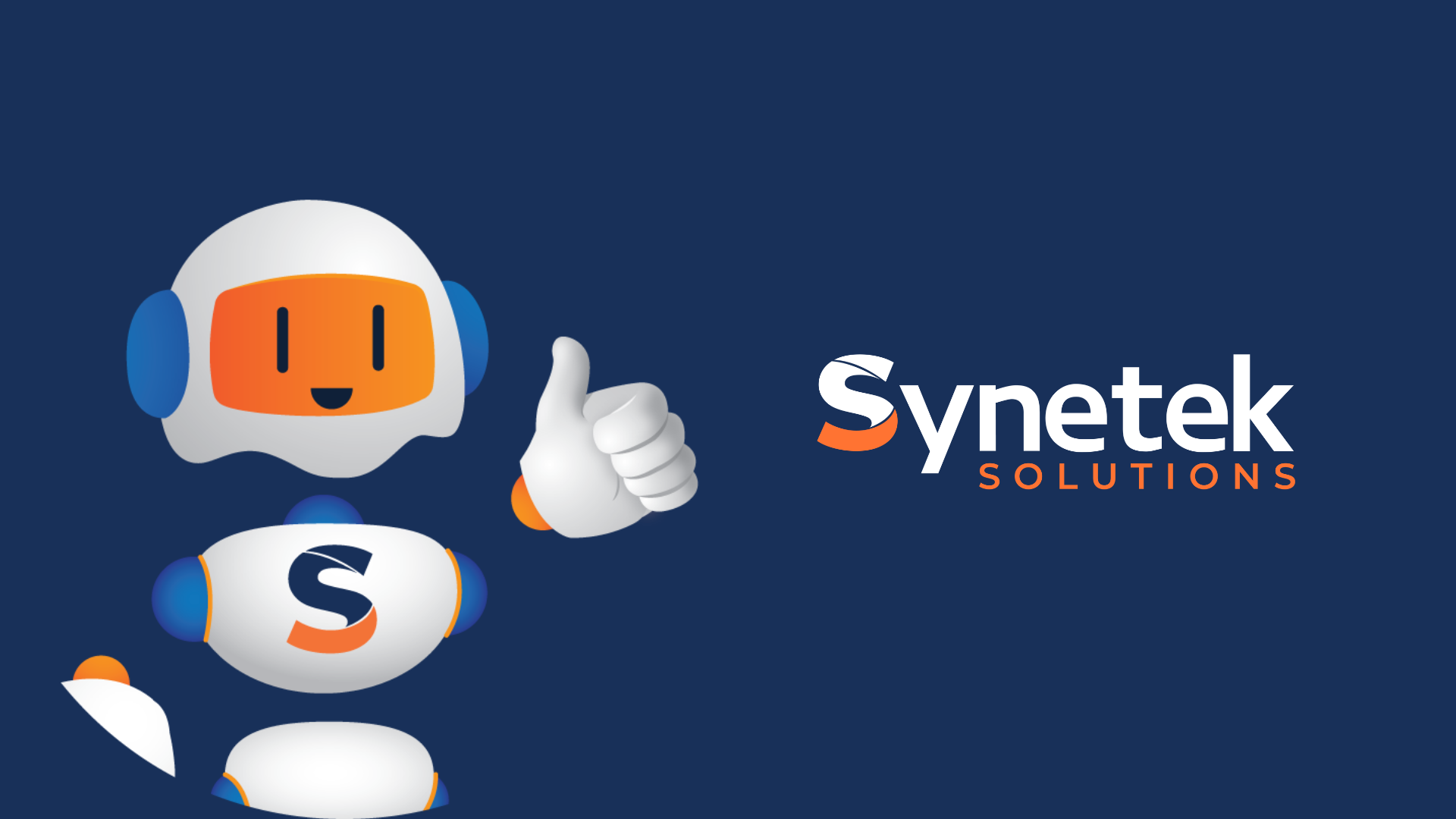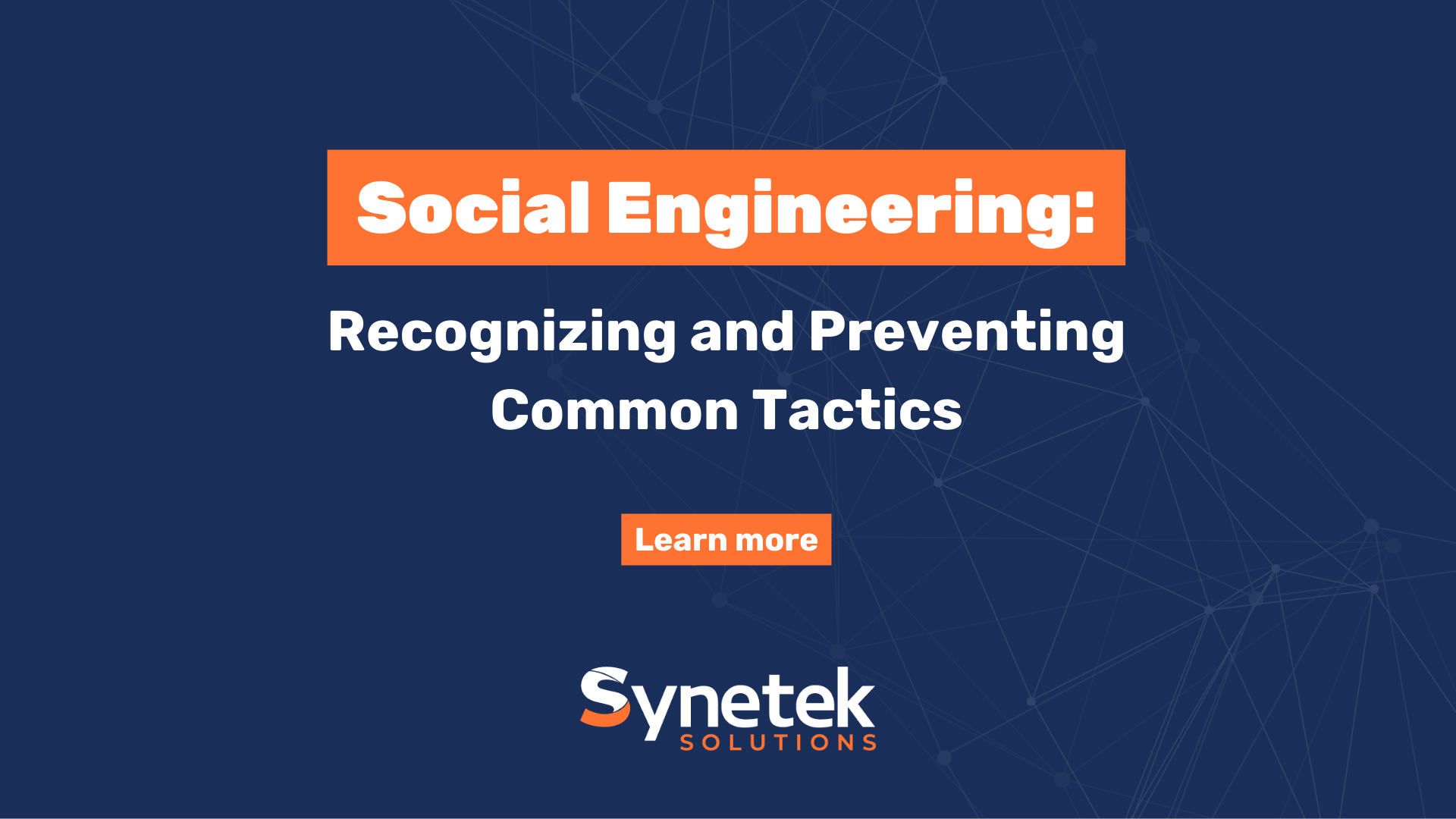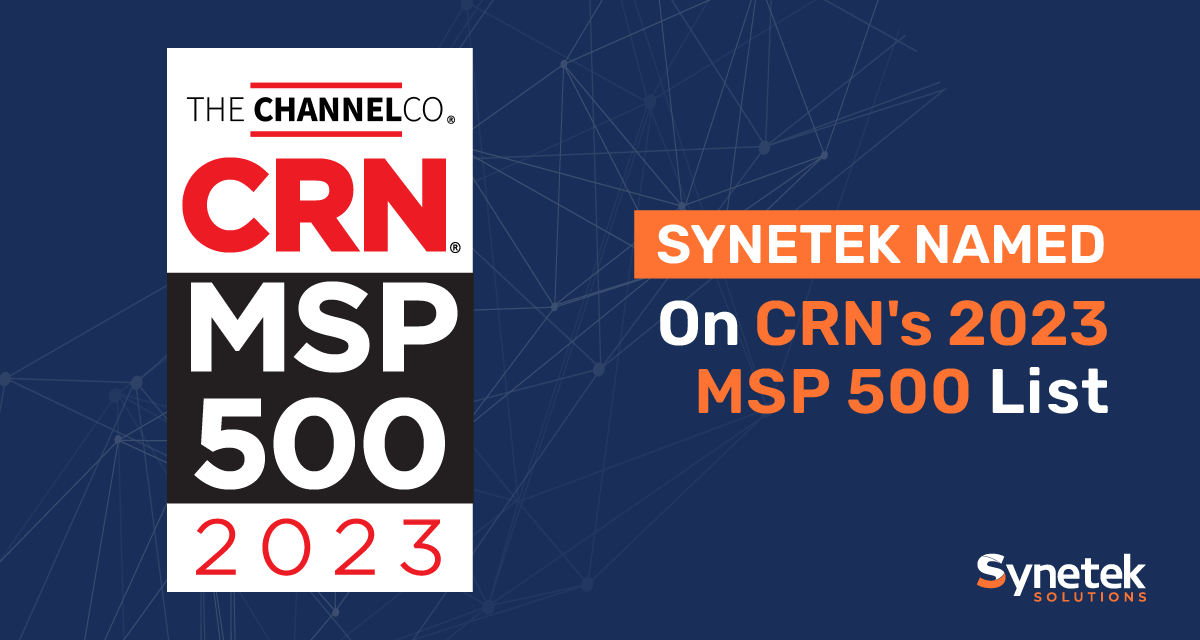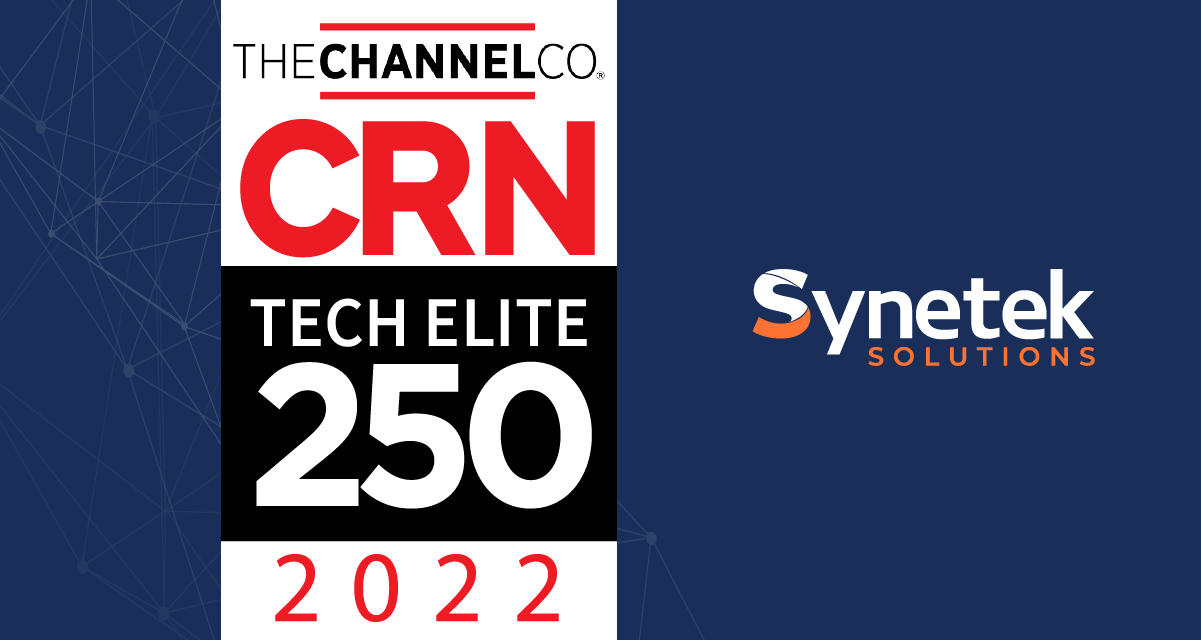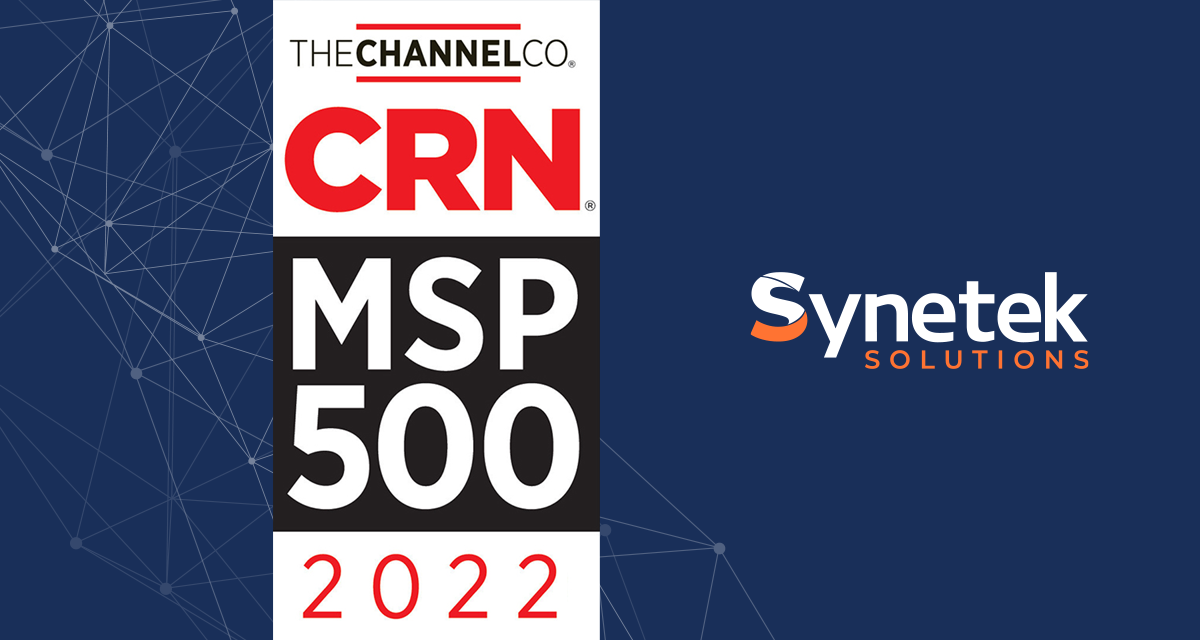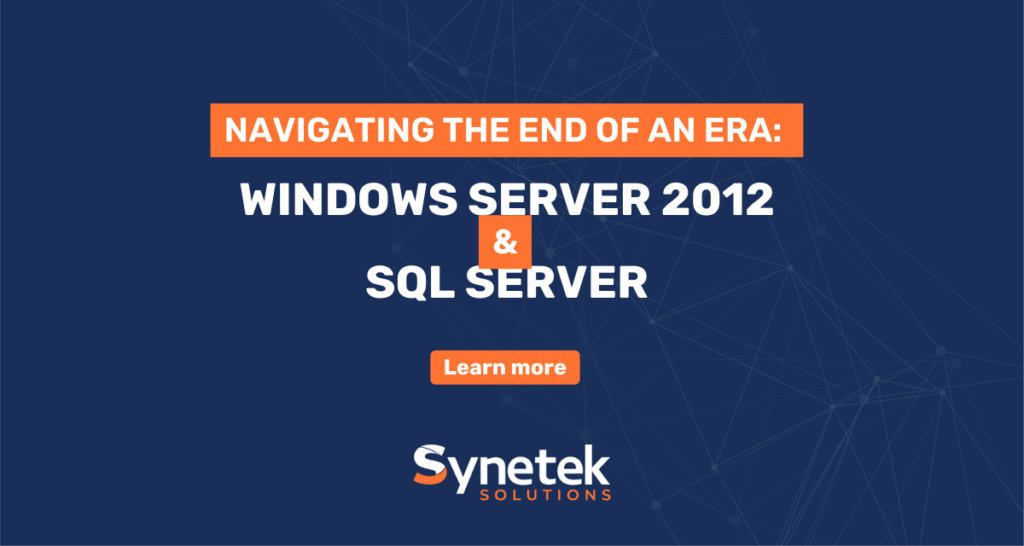
In the dynamic world of technology, change is inevitable. Just as seasons change, so do the technologies we rely on. Today, we find ourselves bidding farewell to the venerable operating system Windows Server 2012 and its trusted companion, SQL Server. As these operating systems reach their end of life, it’s time for us to prepare for the next phase of innovation and efficiency.
In this blog post, we will explore the implications of this transition, offer essential advice, and guide you through the steps to ensure a smooth migration. Let’s embark on this journey together!
Understanding the End of Life (EOL)
- Windows Server 2012: Windows Server 2012, launched with great acclaim, has served businesses faithfully for several years. However, all good things must come to an end. On October 10, 2023, Microsoft will officially end support for Windows Server 2012, marking the conclusion of regular security updates, bug fixes, and technical assistance.
- SQL Server: Similarly, SQL Server 2012 has reached its end of life, with Microsoft discontinuing support on July 12, 2022. As a vital component of many organizations’ database infrastructure, this transition carries significant implications for data management and security.
Risks of Staying on Outdated Systems
- Security Vulnerabilities: Without regular updates and patches, unsupported systems become increasingly susceptible to cyber threats, exposing sensitive data and compromising business operations.
- Compliance and Regulatory Issues: Staying on an unsupported platform can result in compliance violations, potentially leading to legal consequences and damage to a company’s reputation.
- Performance and Compatibility Limitations: Outdated systems lack the performance enhancements and compatibility improvements of their successors, hindering the adoption of new technologies and innovations.
Migration Strategies and Best Practices
- Assess Your Environment: Begin by evaluating your current infrastructure, applications, and dependencies. Identify the systems running Windows Server 2012 and SQL Server 2012 and determine their criticality to your business.
- Choose the Right Upgrade Path: Depending on your needs and budget, consider options such as migrating to Windows Server 2016/2019 or embracing the cloud with Microsoft Azure. For SQL Server, you can choose to upgrade to the latest version or explore the benefits of Azure SQL Database.
- Plan and Test: A successful migration requires careful planning, including testing in a non-production environment to identify and resolve any compatibility or performance issues before making the switch.
- Backup and Data Migration: Safeguard your data by creating comprehensive backups and meticulously transferring them to the new environment. Ensure data integrity and minimize downtime during the transition process.
Tips and Advices
- Stay Informed: Keep yourself updated with the latest technology trends, industry news, and Microsoft’s announcements regarding software lifecycles to stay ahead of future migrations.
- Engage with Experts: Seek guidance from IT professionals, consultants, or managed service providers who possess the expertise and experience to facilitate a smooth transition.
- Invest in Training: Equip your team with the necessary skills and knowledge to adapt to the new environment effectively, maximizing the benefits of the upgraded systems.
As Windows Server 2012 and SQL Server 2012 bid us farewell, it’s time to embrace the next generation of operating systems and database management tools.
The end of life for these technologies presents both challenges and opportunities for businesses. By understanding the risks, devising a well-thought-out migration strategy, and seeking expert guidance, organizations can ensure a seamless transition and position themselves for future growth and success.
Remember, change may be daunting, but it is an essential catalyst for progress in our ever-evolving digital landscape.
